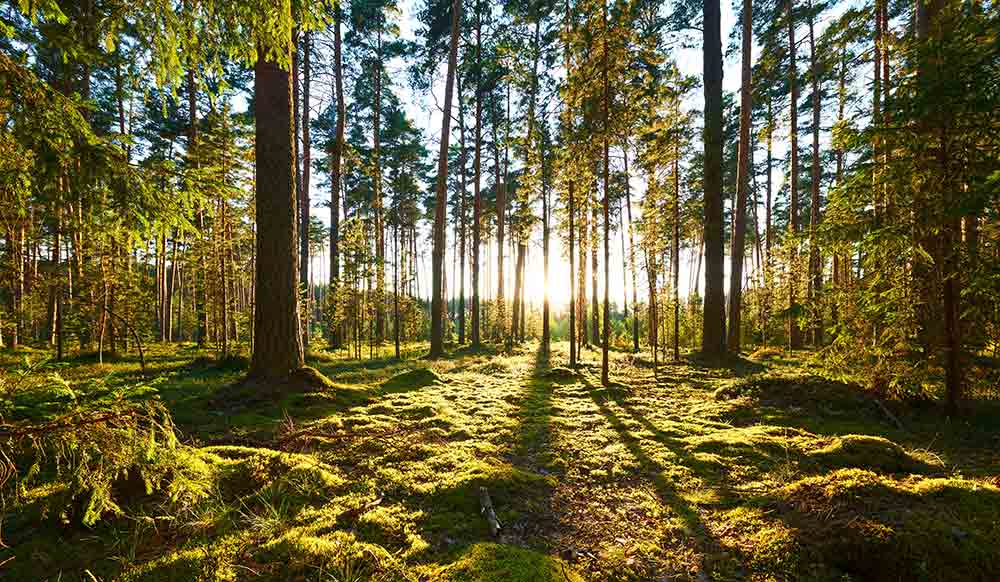
By Gary Allen Burns, Consulting Forester
Drought can weaken trees so that even if the trees don’t die immediately, they become more susceptible to secondary pests. Trees on less fertile soils might not be healthy enough to withstand the effects of drought. Also soil on steep slopes don’t hold water as well as flat sites. So, trees growing on these steep slopes also may be less apt to endure the water stress from drought.
Planting fewer trees per acre on less productive soils may allow each tree more access to water and nutrients and aid its survival. Southern pine stands with a basal area in excess of 120 ft2/ac, for example, are more susceptible to the southern pine beetle than a stand with a much lower basal area (stocking). The less competition, the less stress.
Tree genetics also play a role in the tree’s longevity. While we tend to plant mass, control pollinated or varial pine seedlings, these don’t provide much, if any, genetic variation. Open- pollinated seedlings or natural generation, on the other hand, provide a variety of potential genes to provide a higher survival rate in reaction to a diversity of climatic conditions or insect and disease problems. The same dynamics holds true for different species. Longleaf pine, for example, is less susceptible to hurricane damage than loblolly pine.
No one tree will live forever, of course. As the tree ages it becomes less efficient at moving water up the stem to the leaves where it is used for physiological processes. The taller the tree, the more force is needed. To ensure good tree health and longevity, it helps to plant the right tree on its suitable site. Post oaks, for example, don’t tolerate saturated soils well while bald cypress has “wet feet” frequently growing in swamps. So, choose your planting sites carefully.










Comment
Comments